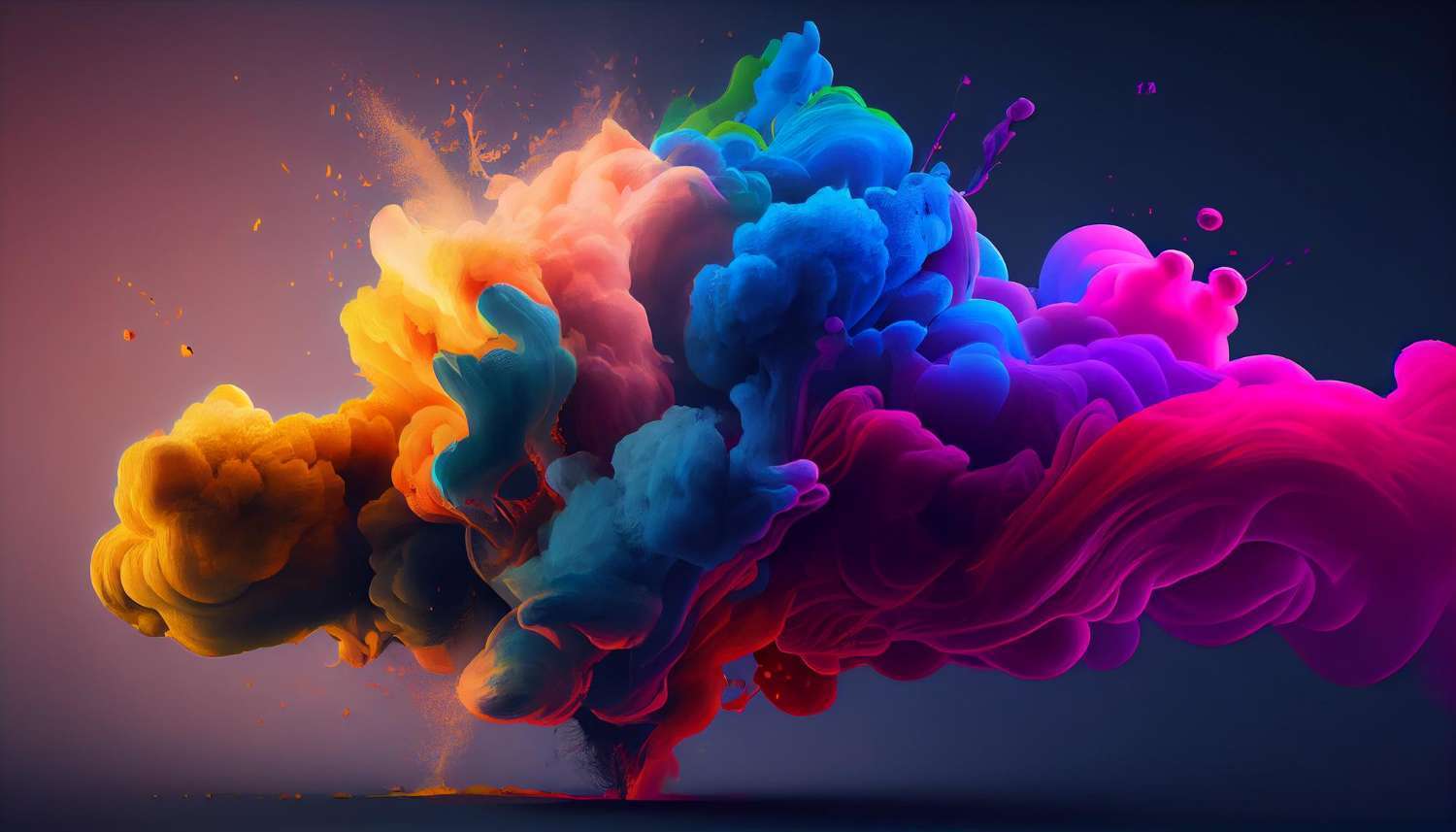The wave of artificial intelligence (AI) has brushed a new stroke across the canvas of tech innovation. The emergence of stable diffusion, a deep generative artificial neural network, has reinvigorated the horizon of data-based decision-making in the tech realm. Understanding the crux of this concept is crucial to leveraging the potential housed in generative AI. This article shines a light on the subject of ‘latent diffusion models’, a key component in the architectural framework of stable diffusion.
Understanding latent diffusion models can help navigate content automation and boost AI-driven creativity. It forms the canvas for high-quality content, giving you tools to streamline workflows and push the boundaries of AI-driven creativity.
Summary
- Understanding Stable Diffusion and Latent Diffusion Models
- Anatomy of Stable Diffusion Architecture
- Effects of Stable Diffusion on Content Generation and Streamlined Workflows
- Real-world Implementation and Ethical Implications
Understanding Stable Diffusion and Latent Diffusion Models
In the maze of AI, stable diffusion, developed by Stability AI and licensed by the CompVis group at Ludwig Maximilian University of Munich, stands out. It generates detailed images from text descriptions, with versatile applications like image-to-image translations, inpainting, and outpainting.
The Role of Latent Diffusion Models
Amid this transformative network, ‘latent diffusion models’ (LDM) play a vital role. LDM compresses images from pixel space into a smaller latent space, akin to a postal worker sorting mail into different boxes based on addresses, where the “mail” represents image elements and the “boxes” symbolize components of a smaller latent space.
Experiments have shown that LDMs can be flexibly conditioned on various forms of data, such as text, images, or other modalities. The reshuffling of data in the latent space paves the way for new image generation via the VAE decoder.
Anatomy of Stable Diffusion Architecture
Familiarity with the building blocks of stable diffusion is essential to grasp its full potential. The structure teems with advanced AI features for streamlined, efficient content creation.
VAE Encoder and Decoder
The VAE encoder works like a sophisticated translator who converts a rich, detailed story into a concise summary. More technically, it condenses image data from pixel space into a compact dimensional latent space. The decoder, on the other hand, is like a storyteller. It takes the condensed data and reconstitutes it into the final image, transforming the narrative back into its elaborate form.
Consider condensing a movie plot into a synopsis and then expanding it back into a script. This two-step process is crucial for the system and impacts diffusion stability.
Effects of Stable Diffolution on Content Generation and Streamlined Workflows
With the spotlight on content creation in the tech world, stable diffusion has surfaced as a promising key to innovate and streamline content generation.
Image Generation from Text Prompts
Stable diffusion can generate images based on text prompts, much like an artist illustrating a poem. Users can customize the output by specifying elements via text prompts, catering to specific use cases.
For instance, a prompt like ‘sunset by a tranquil lake with lush greenery around” can produce a beautiful, pictorial representation, directly impacting how content is created and manipulated. This feature holds great potential for both content creators and marketing teams looking for customized visual solutions. 🚀
Real-world Implementation and Ethical Implications
The deployment of stable diffusion extends beyond labs and startups onto the global tech stage, carving out novel pathways and ethical quandaries alike.
Impact and Controversies
Stable diffusion, like many advanced tech tools, has ramified into complex ethical territories. The freedom it gives users over image generation extends to potentially harmful content, stirring debate over the ethical boundaries of technology.
Renowned thinker Emad Mostaque argues that despite possible negative impacts, making such technologies public could foster overall benefits, fueling the discourse on balancing innovation and ethics.
Conclusion
AI technologies like stable diffusion have rippled across the tech industry, democratizing the route to innovation. Latent diffusion models, the stalwart structure embedded in stable diffusion, have been integral to this leap forward in AI.
In sum, understanding these models offers a clear lens to grasp the underpinnings of the diffusion mechanism. With this newfound understanding, you’re armed with both an enhanced perspective on generative AI and a concrete tool to navigate the tech world’s dynamic landscapes.
- The Agentic Startup Manifesto - June 8, 2025
- Remote Hiring in 2025 - April 5, 2025
- Burnout in Remote Teams: How It’s Draining Your Profits - January 27, 2025
